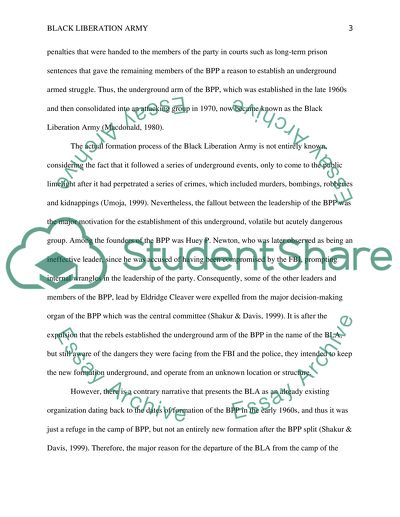Cite this document
(“Black Liberation Army Term Paper Example | Topics and Well Written Essays - 2250 words”, n.d.)
Retrieved from https://studentshare.org/miscellaneous/1660247-black-liberation-army
Retrieved from https://studentshare.org/miscellaneous/1660247-black-liberation-army
(Black Liberation Army Term Paper Example | Topics and Well Written Essays - 2250 Words)
https://studentshare.org/miscellaneous/1660247-black-liberation-army.
https://studentshare.org/miscellaneous/1660247-black-liberation-army.
“Black Liberation Army Term Paper Example | Topics and Well Written Essays - 2250 Words”, n.d. https://studentshare.org/miscellaneous/1660247-black-liberation-army.


